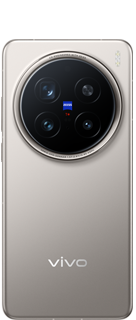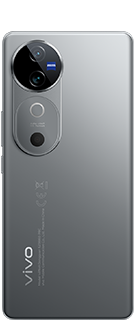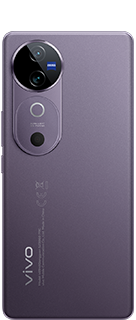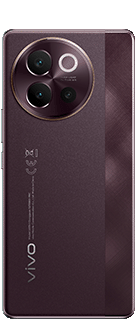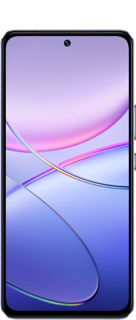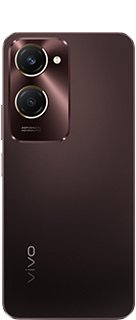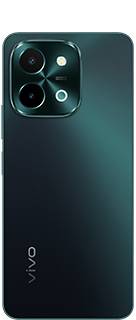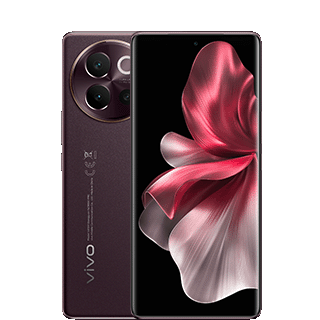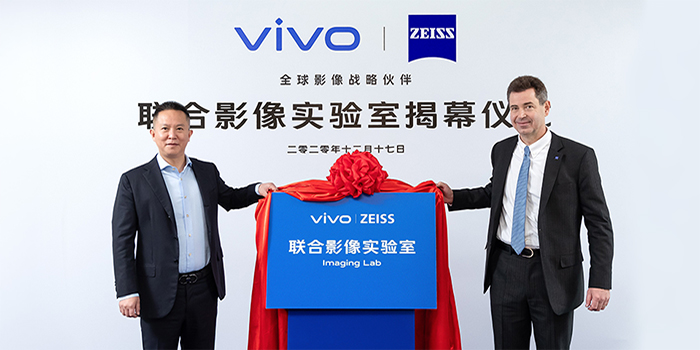vivo publishes vision on 6G and the digital future after 2030
London, December 11th, 2020

As large scale 5G deployments continue to advance around the world, the leaders of the mobile industry are already looking ahead to the next generation: Work is underway to define the nature and requirements for 6G with a consensus as to the vision and requirements for 6G networks and devices expected to start forming by 2023.
We wanted to provide you with a look behind the curtain of this process, by sharing a new whitepaper from the #5 mobile phone manufacturer that sets out the company's 2030 vision for 6G. The paper by the vivo Communications Research Institute describes how 6G will be more than a technology transformation but will increasingly merge physical and digital worlds.
Below, please find a summary of the highlights.
"6G Vision, Requirements and Challenges" – The key findings:
6G will build a ubiquitous digital world, connecting and integrating physical devices of greater number and diversity. Digital systems will become integral to numerous facets of everyday life.
6G will people into the digital world in entirely new ways – including high bandwith/low latency demands like telemedicine, photorealistic holographic reproductions for AR and VR and telecommuting. Networks should also start to anticipate ambitious projects that could create vast demands on infrastructure, such as initial steps towards digitising human memories and cognition.
6G will ensure ubiquity with reliable and fast data rates, thanks to increases of at least two orders of magnitude in coverage, latency and range. Via greater energy, cost and spectral efficiency, more people will be able to participate in these benefits.
Mobile devices or terminals will vastly increase in number and diversity as 6G terminals become our main interfaces with the digital world. This will require improvements in terminal cost, size and power consumption, with extreme applications such as embedded buildings and connected insect-scale devices requiring the evolution of 'zero power' lightweight terminals.
Defining standards for 6G: The white paper sets out specific recommendations for 6G peak data rates, latency, energy efficiency, cost per bit and required protocols and standards for anticipated services.
How vivo influences the evolution of mobile technology:
As the world's #5 smartphone brand, vivo plays a key role in the evolution of cutting-edge technologies, including standardisation of communications industry formats. For 5G, vivo has (as of May 2020) applied for more than 2000 5G innovation patents and submitted more than 3800 5G proposals to the 3GPP standardisation organisation, ranking among the top 10 for its influence on the standardisation and advancement of 5G technologies.
The press release and the full whitepaper are available for download here.
